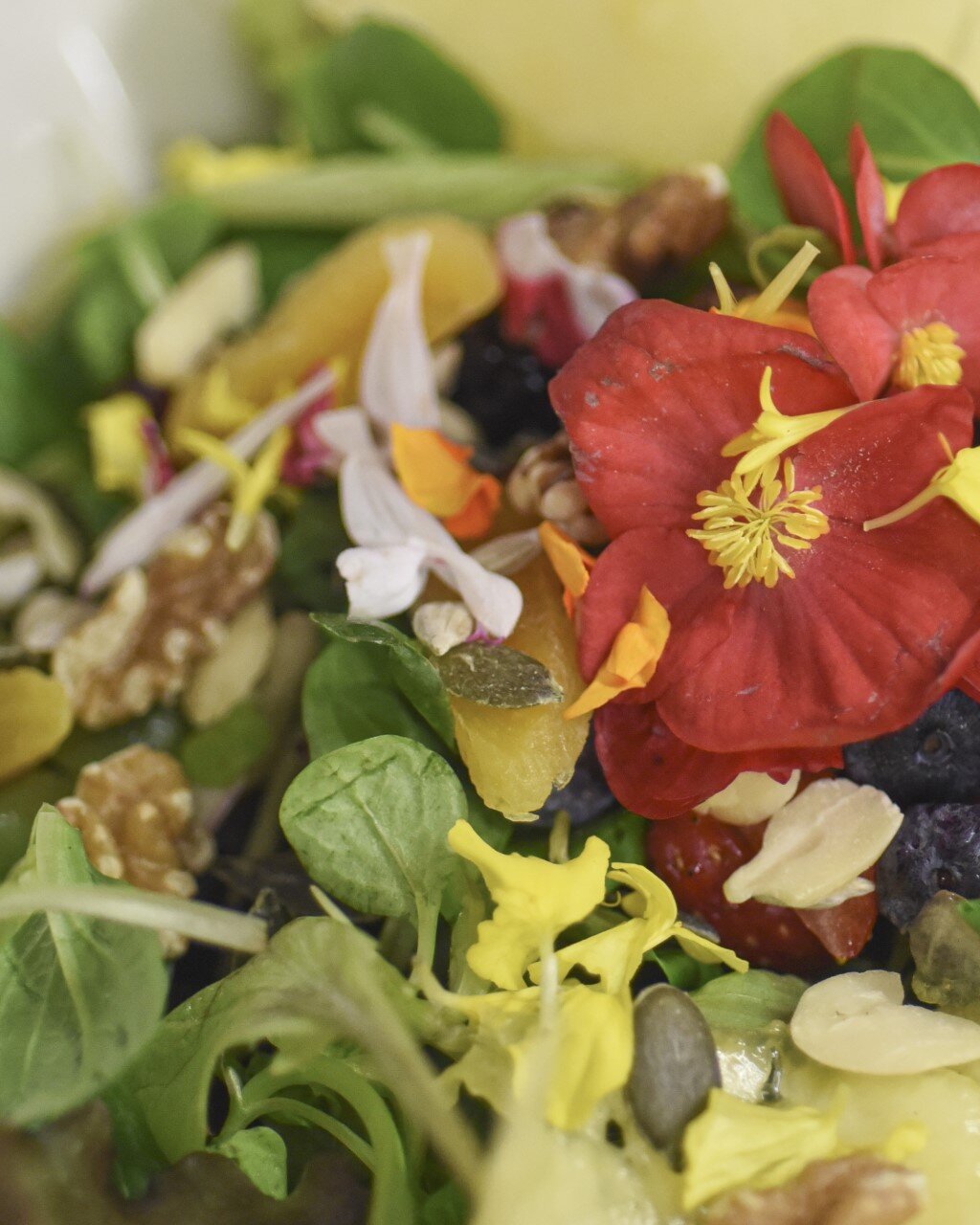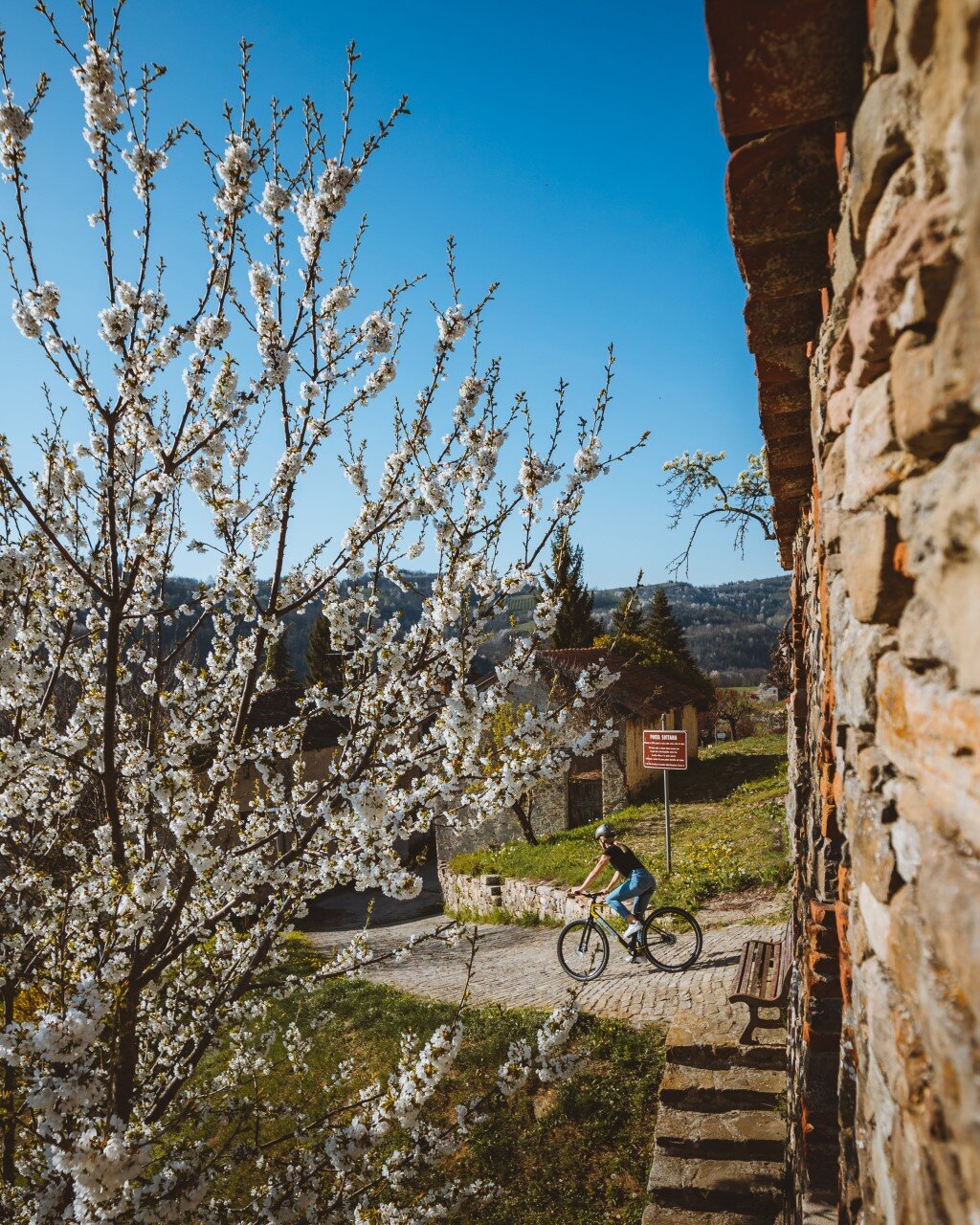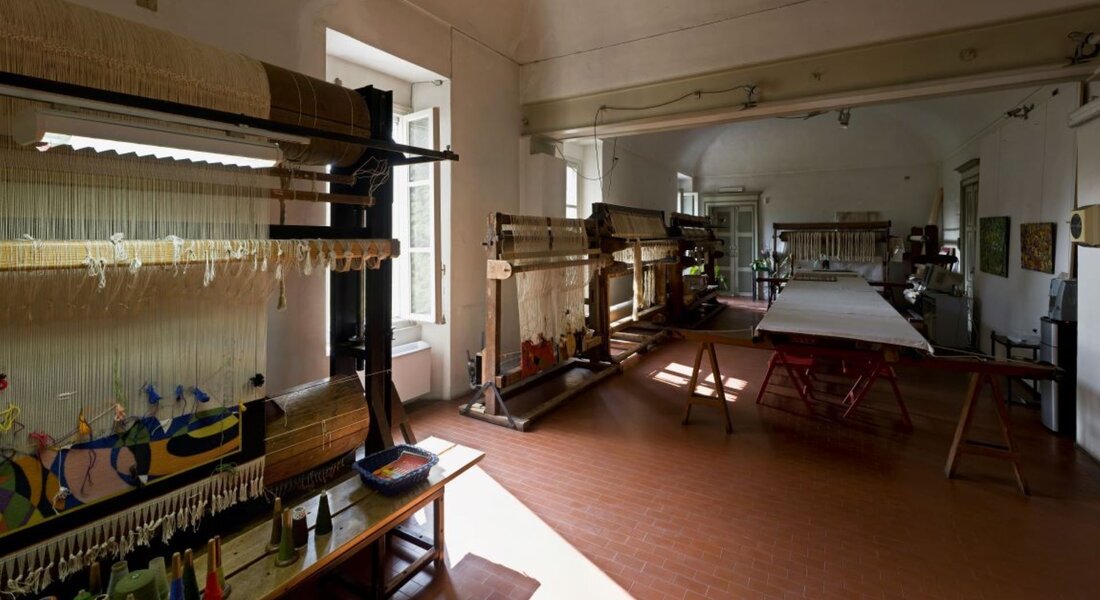Find out more
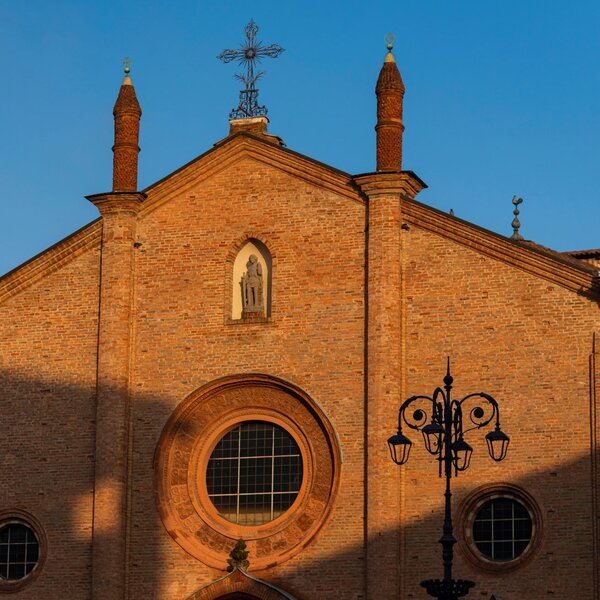
Asti, a true medieval capital
Find out more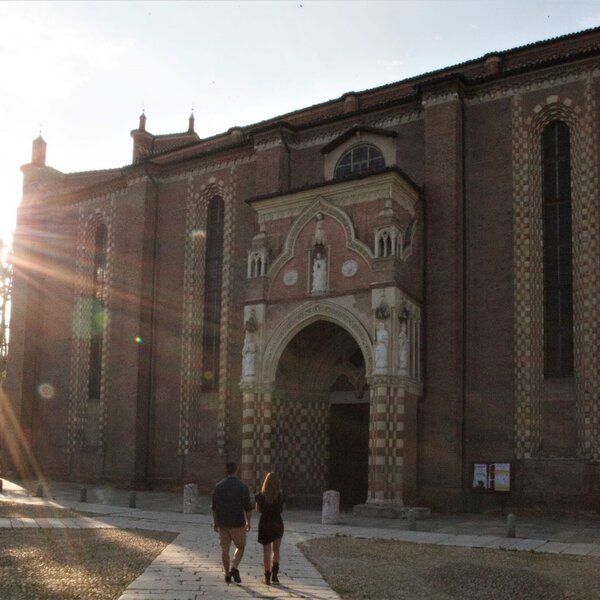
Asti, the Duomo District
Find out moreA third route takes us out of Asti on Corso Alessandria to reach Quarto, divided into a lower and an upper village, with the parish Church almost on the balcony of the hill. A curious Palio degli Asini (donkey race) is held here (as in Alba, Cocconato and Calliano Monferrato) in defiance of the noble and equine Asti Palio. The inhabitants of the village claim to have known about it since at least the 18th century.
Going back towards Asti you turn right at the junction on the state road to reach the hamlet of Castiglione. Probably founded by the Franks, Castiglione is one of the oldest "ventine" (hamlets) and has been documented since 899. The place was meant to be a real fortress for the city of Asti, and for this reason it has been destroyed many times over the centuries: no trace remains of the castle, but the first parish Church (15th century), just outside the town heading towards Asti, is worth a visit.
Find out more
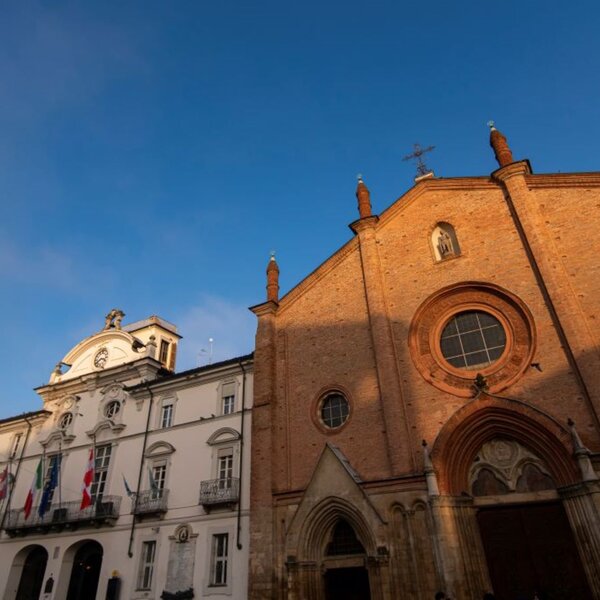
Asti: the city of Merchants
Find out more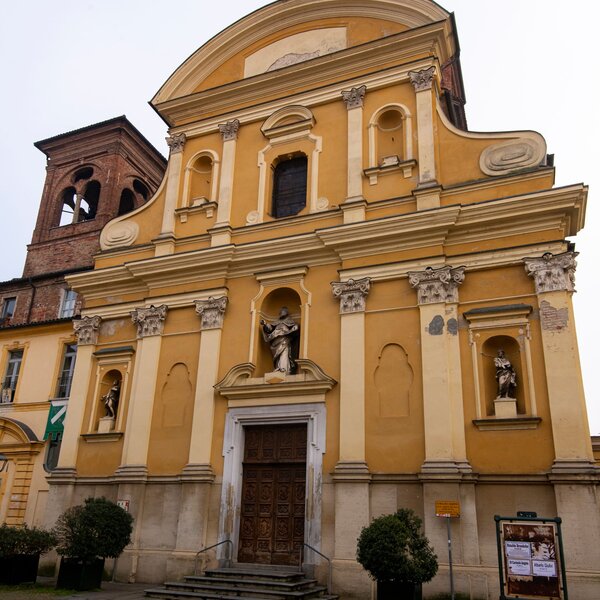
Asti, among the fortified houses of San Martino
Find out moreCastiglione takes us back into the wild: the woods are still dominant here, thanks to a harsh and demanding hillside that is ill-suited to being farmed: only a few steps further on and the Portacomaro vineyards offer an entirely different landscape. We descend towards Asti and turn right towards Caniglie, a remote rural centre consisting mainly of scattered houses: we are now on the main road to Moncalvo and Casale Monferrato.
The densely populated hamlet of Portacomaro Stazione is noteworthy thanks to its good wine producers, whereas Valmaggiore is again a charming peaceful place, very green, with lots of horses and many beautiful residences. From there, passing through Valgera, where the same combination is repeated, we reach Valmanera, where the homonymous ancient Carthusian Monastery is a must-see. This was one of the most important monasteries in Asti together with the one in Azzano; half-destroyed by Napoleon, it still preserves a section of the original quadrilateral and is a significant monument in Asti.
Find out more
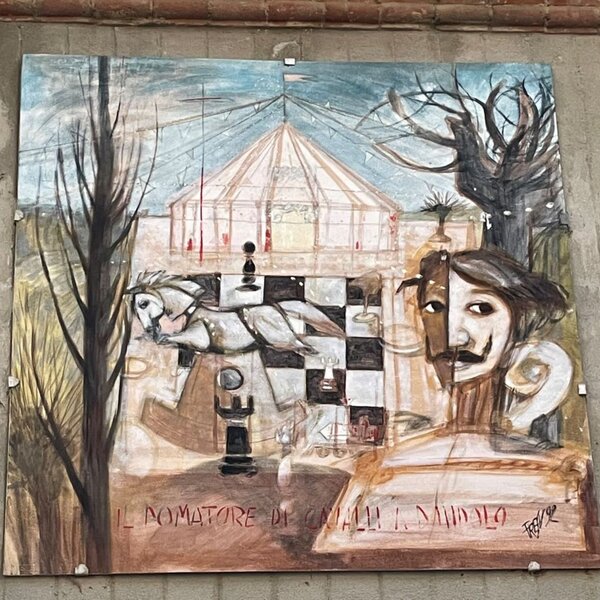
A stroll through the “ventine” – from Asti to Montemarzo
Find out more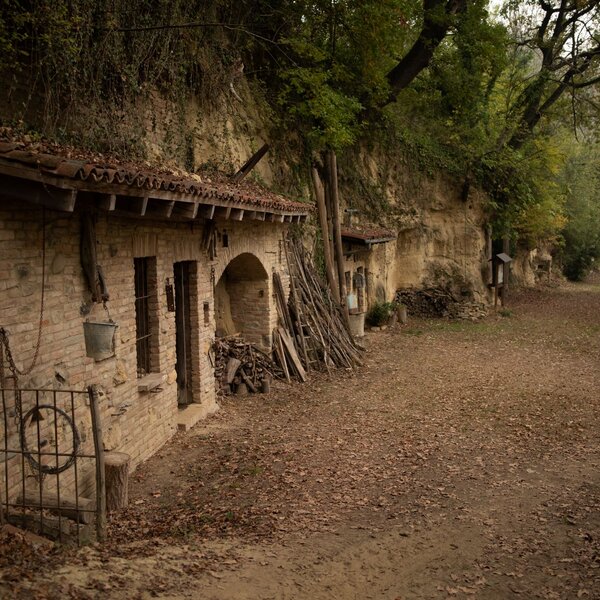
A stroll through the “ventine”: from Asti to Mombarone
Find out moreThe church is also a rare treasure trove of works of art: the wooden statue of the Madonna (14th century) in the apsidal niche is beautiful, as is the wooden panel of the "Madonna delle Ciliegie" (Madonna of the Cherries) from the 14th century and the painted sandstone group, "Incoronazione della Beata Vergine Maria" (Crowning of the Blessed Virgin Mary) dating back to the late 15th century. The natural balcony of the churchyard (which can also be reached on foot from Asti) is a beautiful viewpoint over the city and the hills of the “ventine”.
